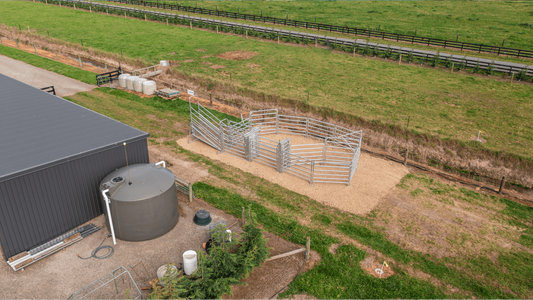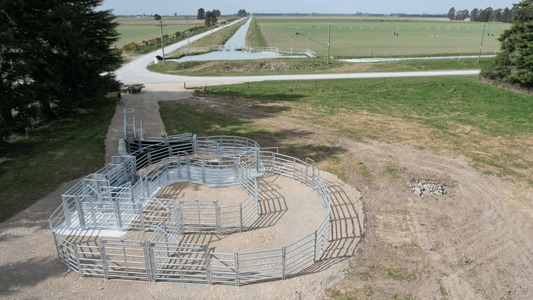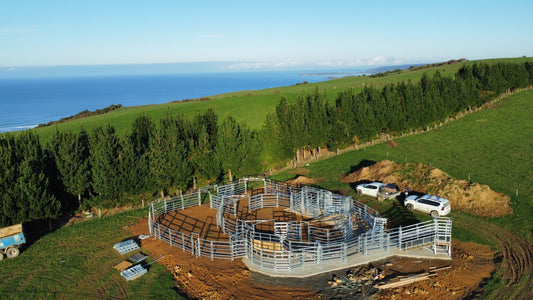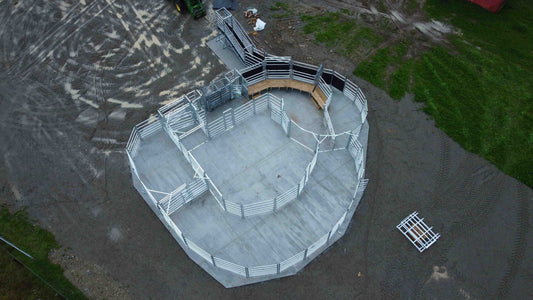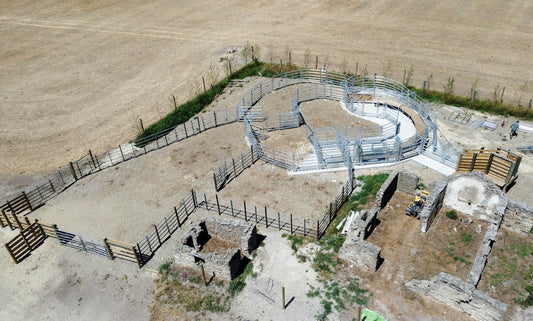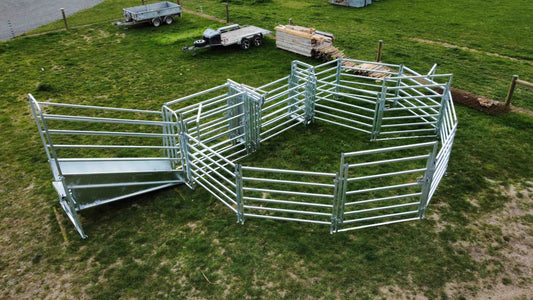Wool used to be one of our main exports, but now it’s a burden for farmers.
With the way things are now, many aren’t even breaking even with wool. One farmer, Tom O’Sullivan, who is chair of the Campaign for Wool, said that selling his wool actually cost him $30,000 in 2020.
I’ve seen some news that could mean things are about to change. Recently, Bremworth, a New Zealand rug and carpet company, won a contract to fit out the tallest skyscraper in Brooklyn with its woollen carpets.
They could have gone with a company offering synthetic carpets, but instead, choose a company that only supplies products that are made from natural New Zealand wool.
Here’s what this could mean for the industry.
The Decline of the Wool Industry
The majority of New Zealand’s wool, about 80-90%, is strong wool, not fine wool.
That type of wool is best suited for carpets and rugs, not for clothing. Before synthetic fibres came into mass use, there was a constant demand for wool worldwide. New Zealand is great for sheep farming, so naturally, that’s what our farmers specialised in.
The high-water mark of the industry happened in the 1950s, with the start of the Korean War. The United States wanted to build up strategic stockpiles of wool, and the outcome was the price of wool tripled pretty much overnight.
Wool prices were high, but started to decline from there. Demand really started to plummet for wool when synthetic fabrics were introduced in the 1970s. These fabrics were lightweight, easy to look after and cheaper to make. When the government pulled out its subsidies for the wool industry, things only got worse.
Sheep numbers have gone down 45% since 1995 (from 45 million to around 27 million), with wool production falling 51%. Now it's at a point where some farmers only have Wiltshire sheep. This breed sheds its own wool and does not require shearing.
However, things may be changing…
Bremworth’s New York contract is proof that there is still demand out there for strong wool, and that this demand may be growing.
The contract is for the new “Brooklynn Tower.” Bremworth is going to be supplying the carpet for the corridors of this 97-story tall building, which equals about 3000sqm of woollen carpet.
It may just be one contract for one company, but the whole industry could benefit.
Anyone who has studied basic economics knows about the product life cycle. An innovation gets introduced, a few people pick it up, then a larger group of early adopters, then the majority, then it peaks, then it starts to decline. Synthetic fabrics have gone through a period of adoption and growth since the 70s, but are things changing?
One of the main appeals of strong wool is that its organic and biodegradable. This wasn’t so much of a concern back in the 1980s or 1990s, but now the idea of being ‘environmentally friendly’ has been imprinted into the worldwide culture. More and more people are becoming aware of the harsh chemicals used to produce synthetic fabrics and the damage plastic does to the environment.
This downside of synthetic fabrics is why many people believe that a renaissance of organic fabrics may be on its way.
Andy Cooper, the Science Impact Leader at AgResearch, said that: “In a world that is highly aware of plastic pollution and a growing mega trend around naturality, the red carpet has been rolled out for natural fibres. For the New Zealand wool sector to take advantage of this opportunity, we need to shift wool from a low-value commodity product and innovate to uses in high-value products and applications for global markets. We have the capability and experience in our researchers. The sector needs the will to enable them.”
As Andy says, the opportunity is there, and Bremworth proves it. If more and more people are wanting alternatives to synthetic fabrics, then our wool industry could be a part of that change.
Tom O'Sullivan the chair of the Campaign for Wool
What does this change look like?
Tom O’Sullivan, the farmer mentioned earlier, has been one of the main people looking at ways to reignite our wool industry. He’s the chair of the Campaign for Wool and believes that research and development are needed to transform the industry.
He’s a third-generation farmer, and his family has been through the whole cycle of wool. His grandfather was able to pay off the farm with a single ‘wool’ check during the boom, while his father used to say he couldn’t afford a second-hand car from the proceeds from wool, and now Tom is in a position where he lost money for the first time after selling his wool, which only made up a small amount of his total revenue from his farming.
He says that the wool industry has been “resting on its laurels” with research and development, and that not enough proactive action has been taken to address the challenges facing the industry.
He also says there hasn’t been enough effort to educate people on the benefits of wool. If more businesses were aware of how they could use wool for their projects, then it's likely the prices wouldn’t be so low as they are now.
Tom thinks this push for environmentalism could be a great opportunity for our wool industry, as “… the world is on the cusp of a massive environmental crusade for which wool can provide solutions. The future is extremely bright if we walk the talk to promote and buy wool products, which can help protect the environment."
The Wool Industry Project has put out a report on what action should be taken. The main takeaway is this global trend of environmentalism can be capitalized on if enough people are educated on the benefits of wool.
The danger of this idea is it may be overestimating the demand for sustainable fabrics. Plenty of people say they want something, but act differently. Synthetics may be harmful, but people have gotten used to their benefits. Often organic fabrics seem ‘imperfect’ when compared to synthetics.
There’s a reason to feel optimistic about this recent breakthrough. Bremworth has shown that there’s a way. Not only have they had that success with their New York contract, but the firm no longer offers synthetic carpets or rugs – only wool. Since they have made the change, they’ve only seen sales increase.
Many believe more research needs to be done into the various uses for strong wool. There are also calls for the industry to have sharper messaging, so people are aware of wool’s benefits.
Wool, unlike synthetics, is organic - that’s the fact most people know. But strong wool…
- Lasts longer.
- It's good for people.
- It’s naturally fire-resistant.
- It’s odour resistant.
- And it is a natural insulator.
These are facts that more people should know - from the mother wanting to get some new carpets for her living room to the CEO whose building the next big skyscraper. If more people were aware of these benefits, then we could see demand increase.
Sandra Faulkner, who contributed to the Wool Industry Report, says even with all the challenges facing the industry, that, “...we still believe in wool. We have created our own niche businesses, maintained the wool standards in our sheep flocks and utilised this phenomenal natural product in as many ways as possible. We wear it, we sleep in it, we wrap our homes in it – wool is wrapped around everything that we hold most dear because it is the best fibre for our world.”
That’s all we have for today. Let us know if you have any thoughts about this topic. It’s a complicated issue, and we’d like to see a positive change in the industry soon.


